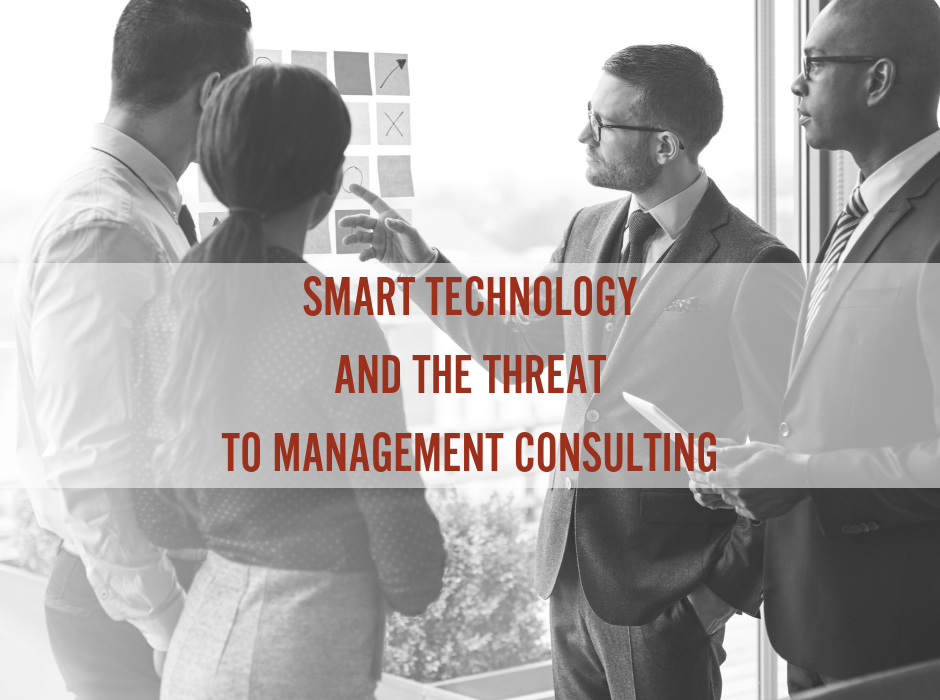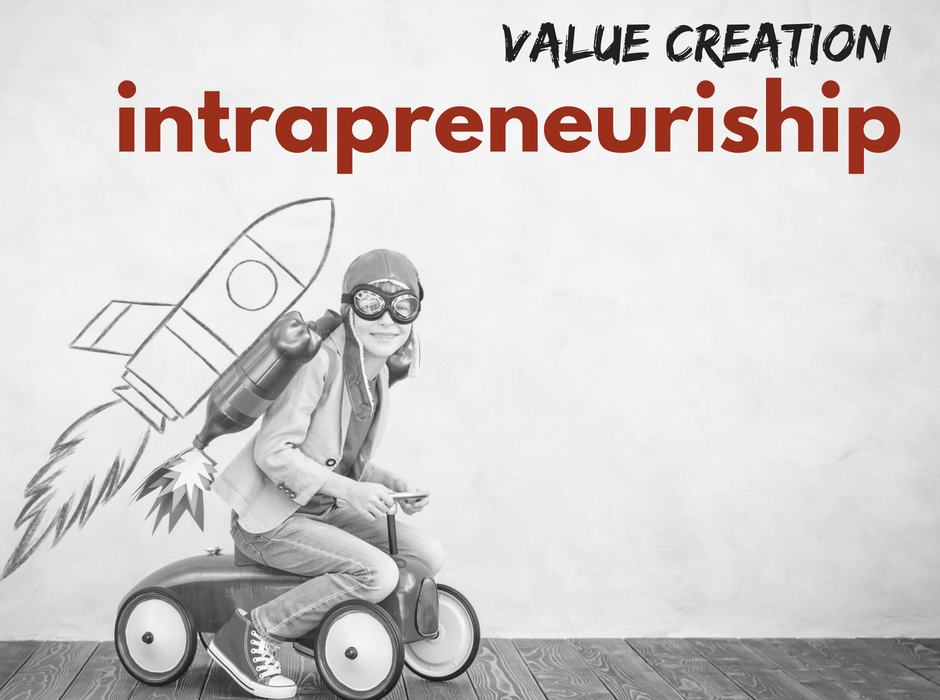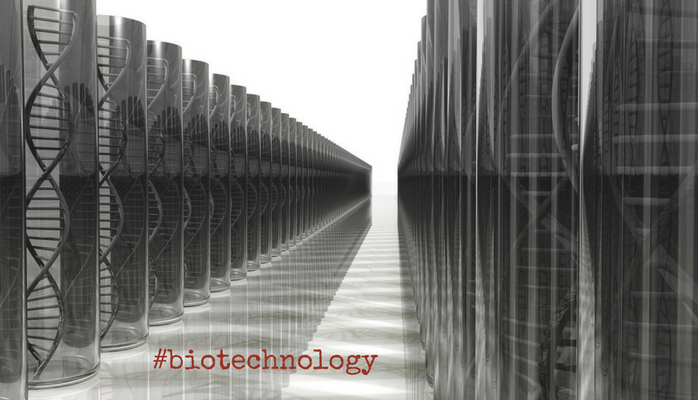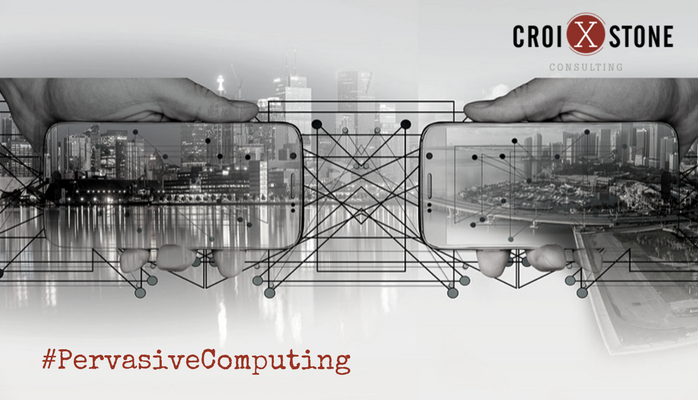A Disruptive Force…Smart Technology
Smart technology is a disruptive force in the business world and promises to impact every industry – including knowledge-based industries like management consulting. MIT Sloan Management Review published a great article last month that highlighted 5 rules that consulting companies should follow to remain relevant in the age of AI and other smart technologies. Read it here.




